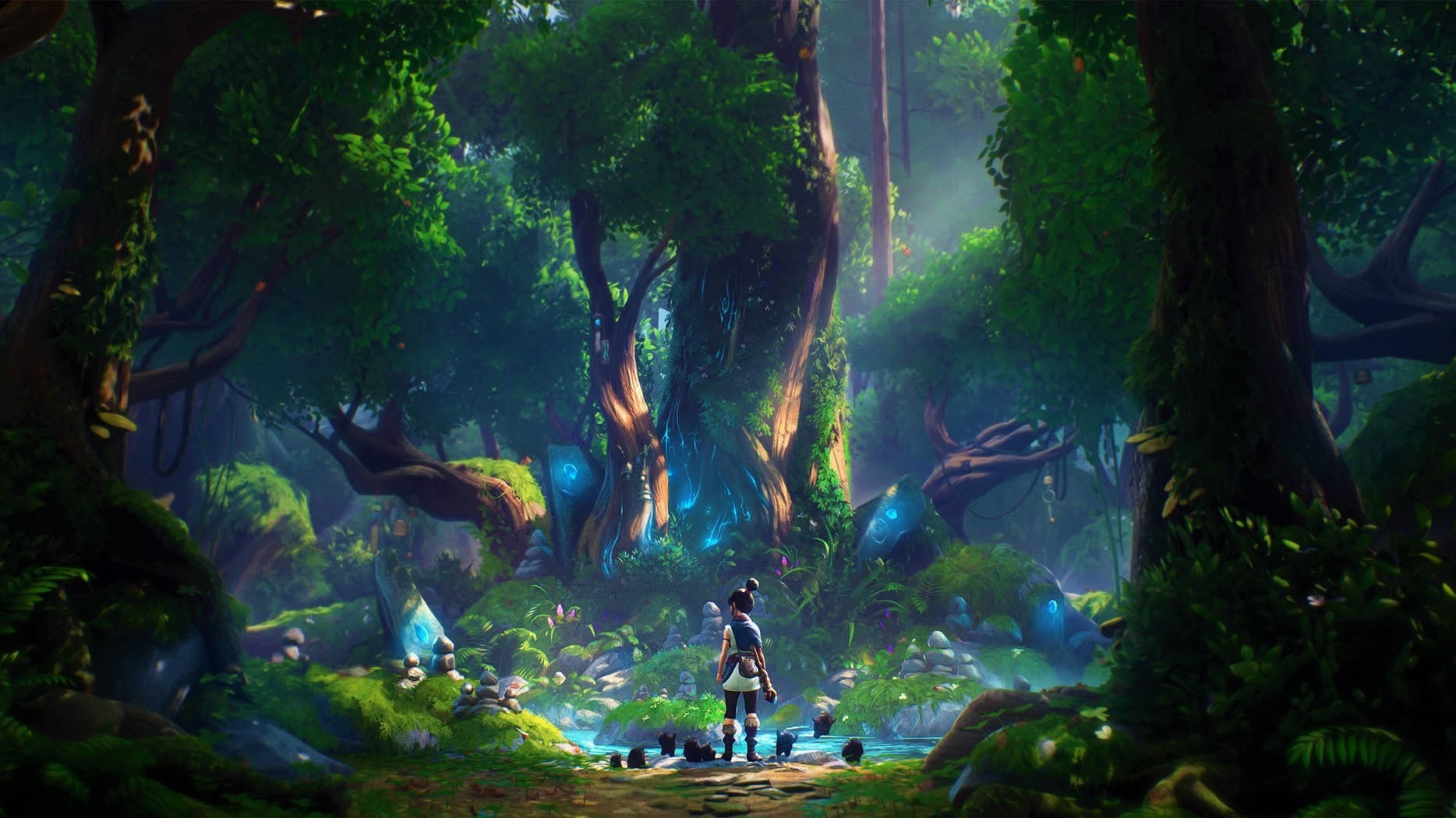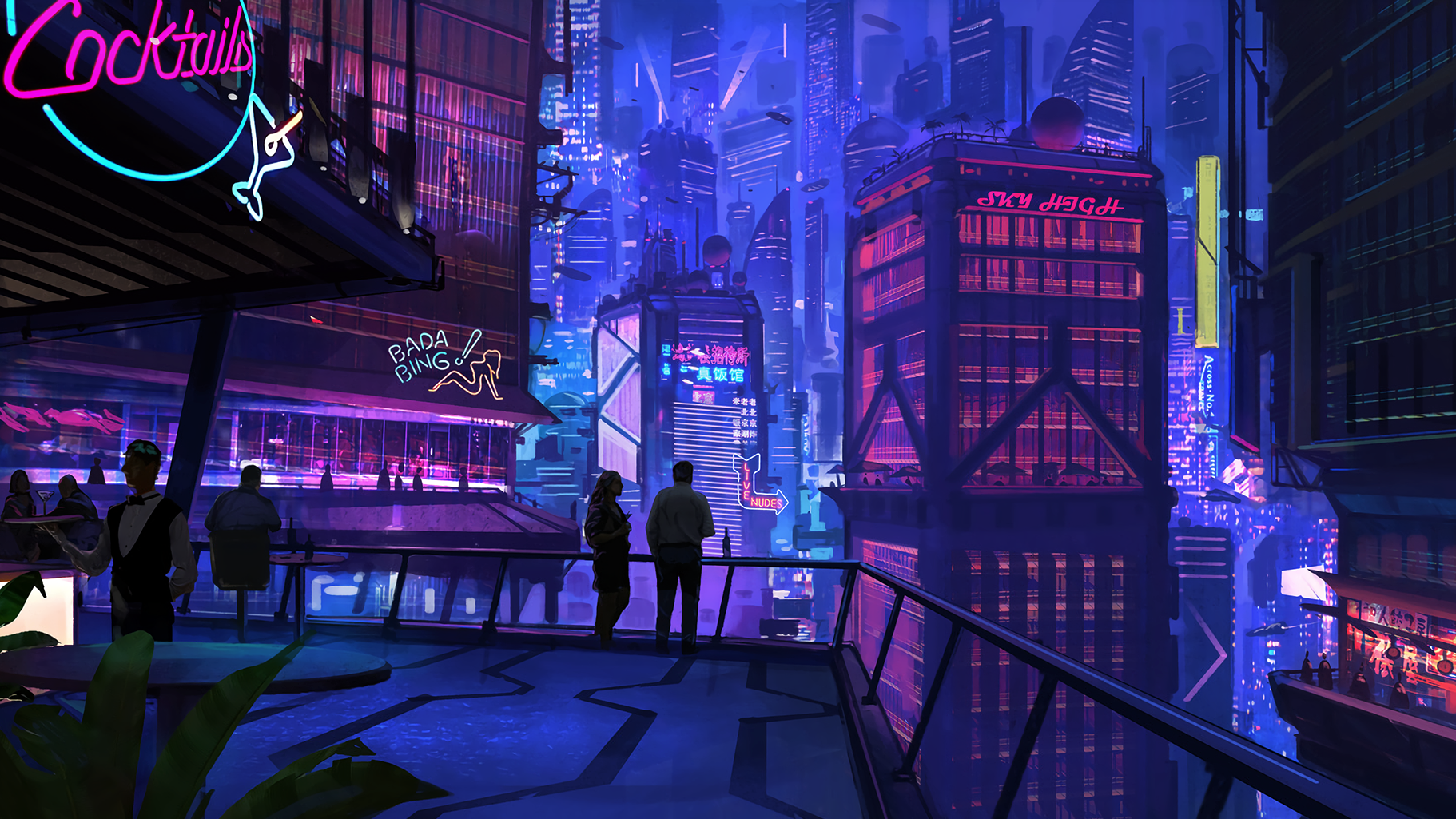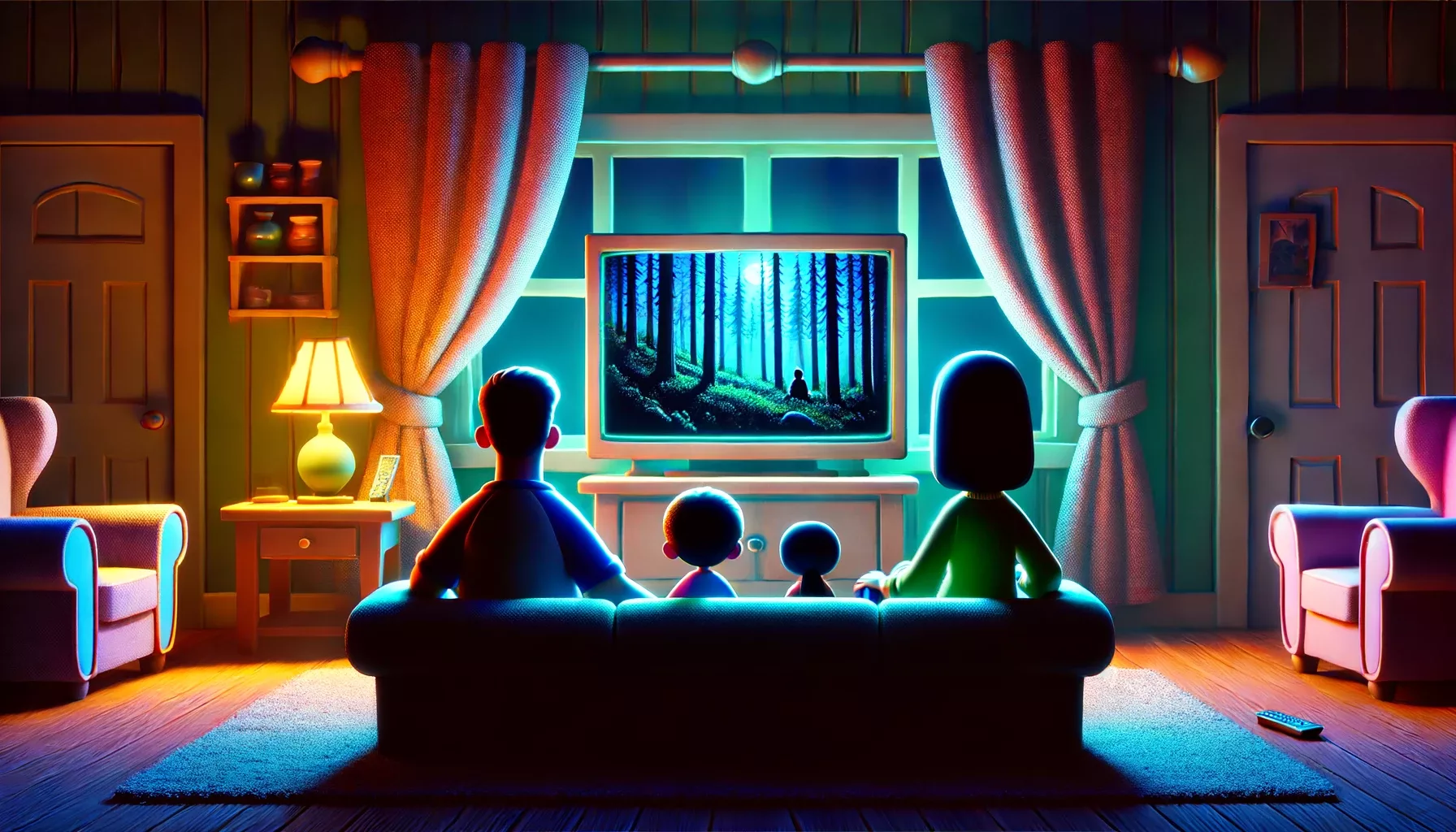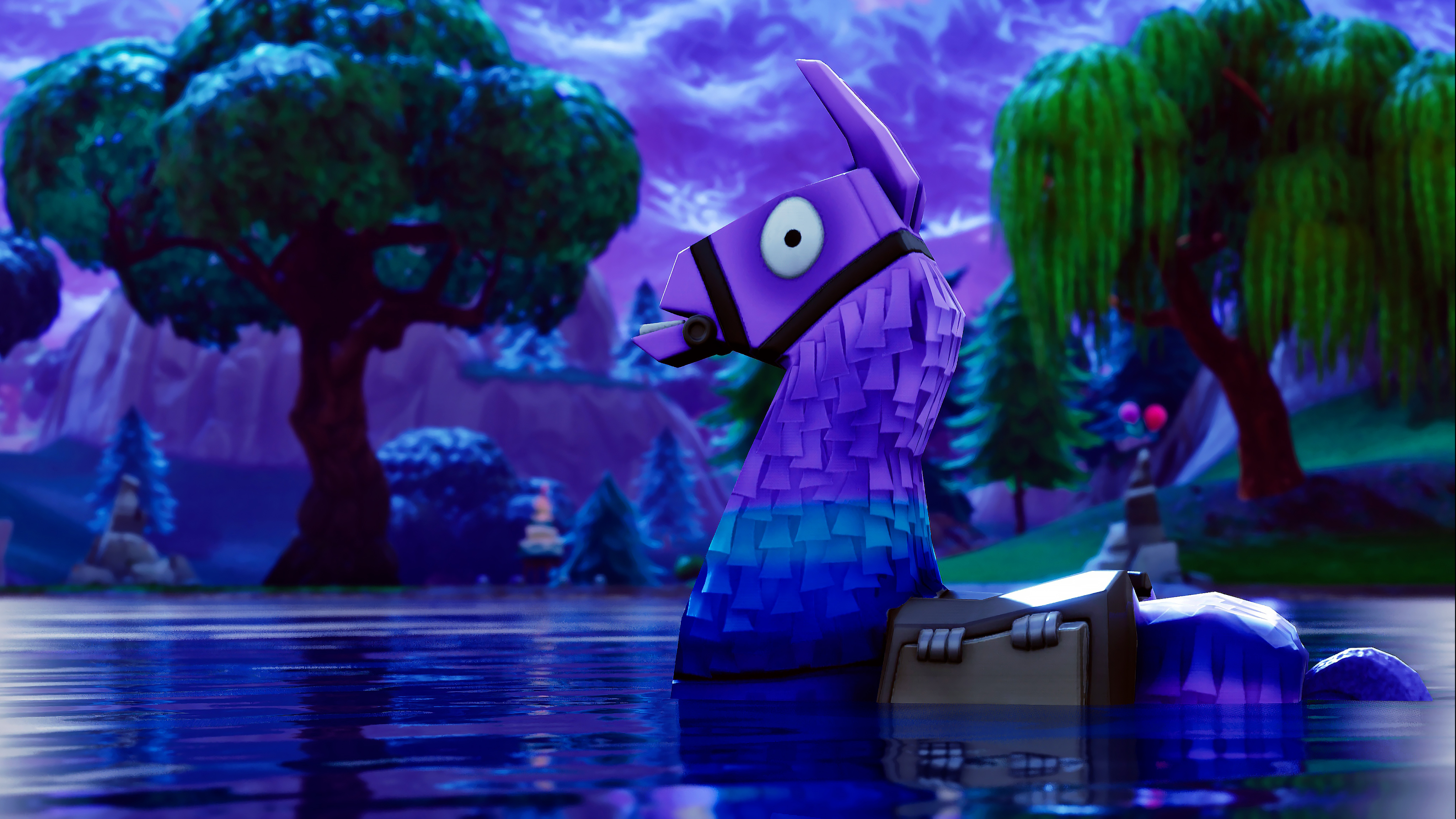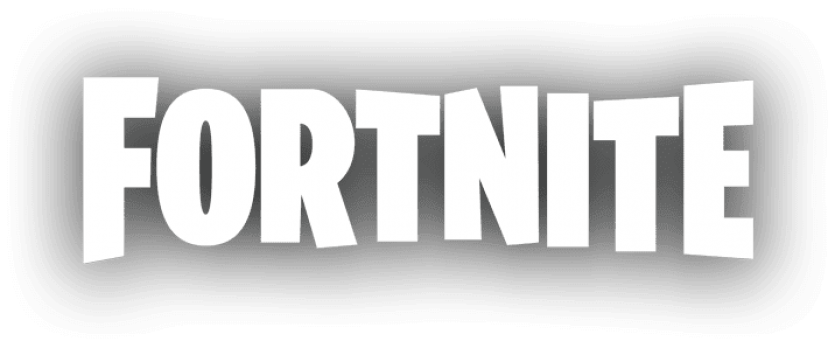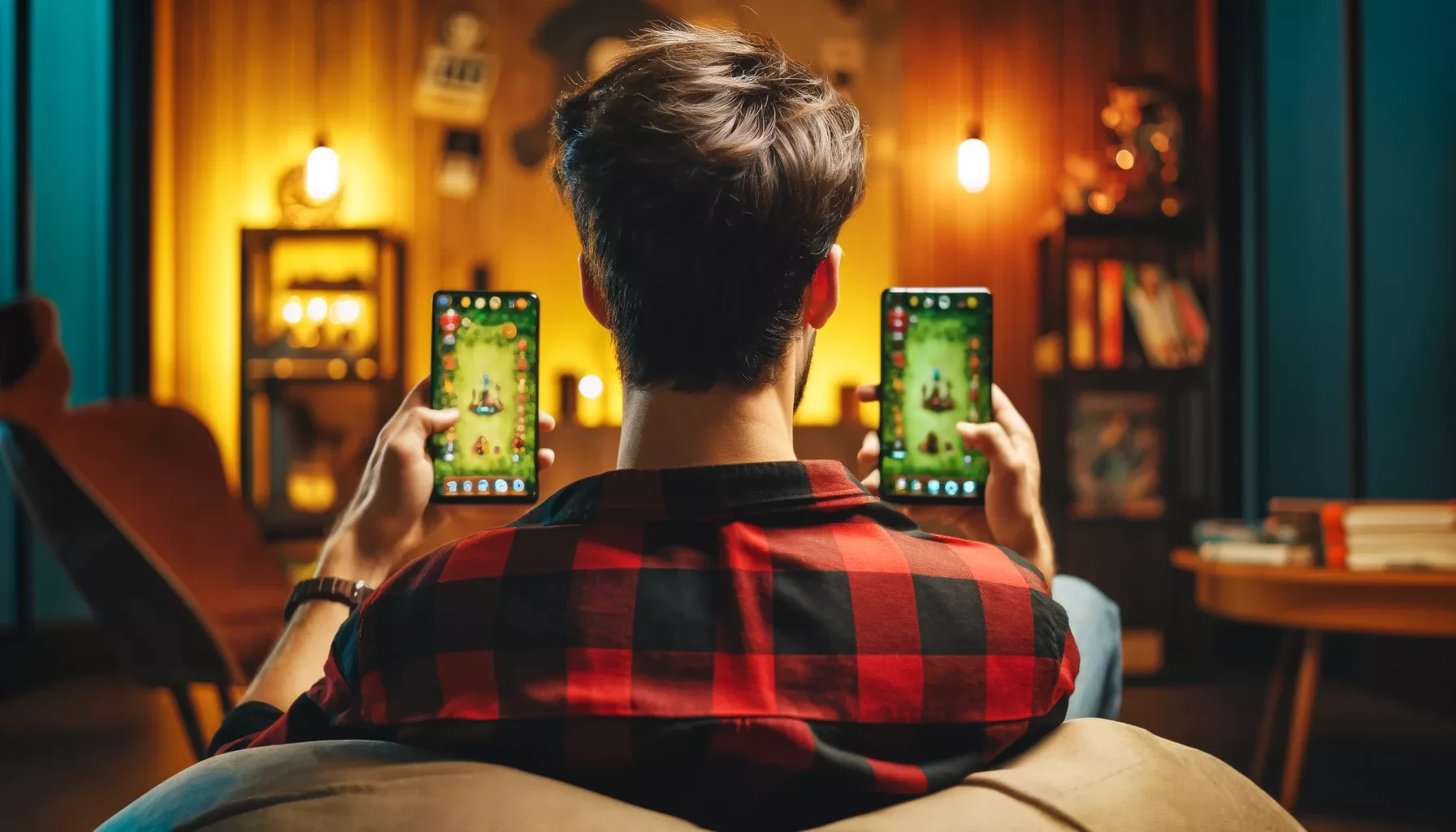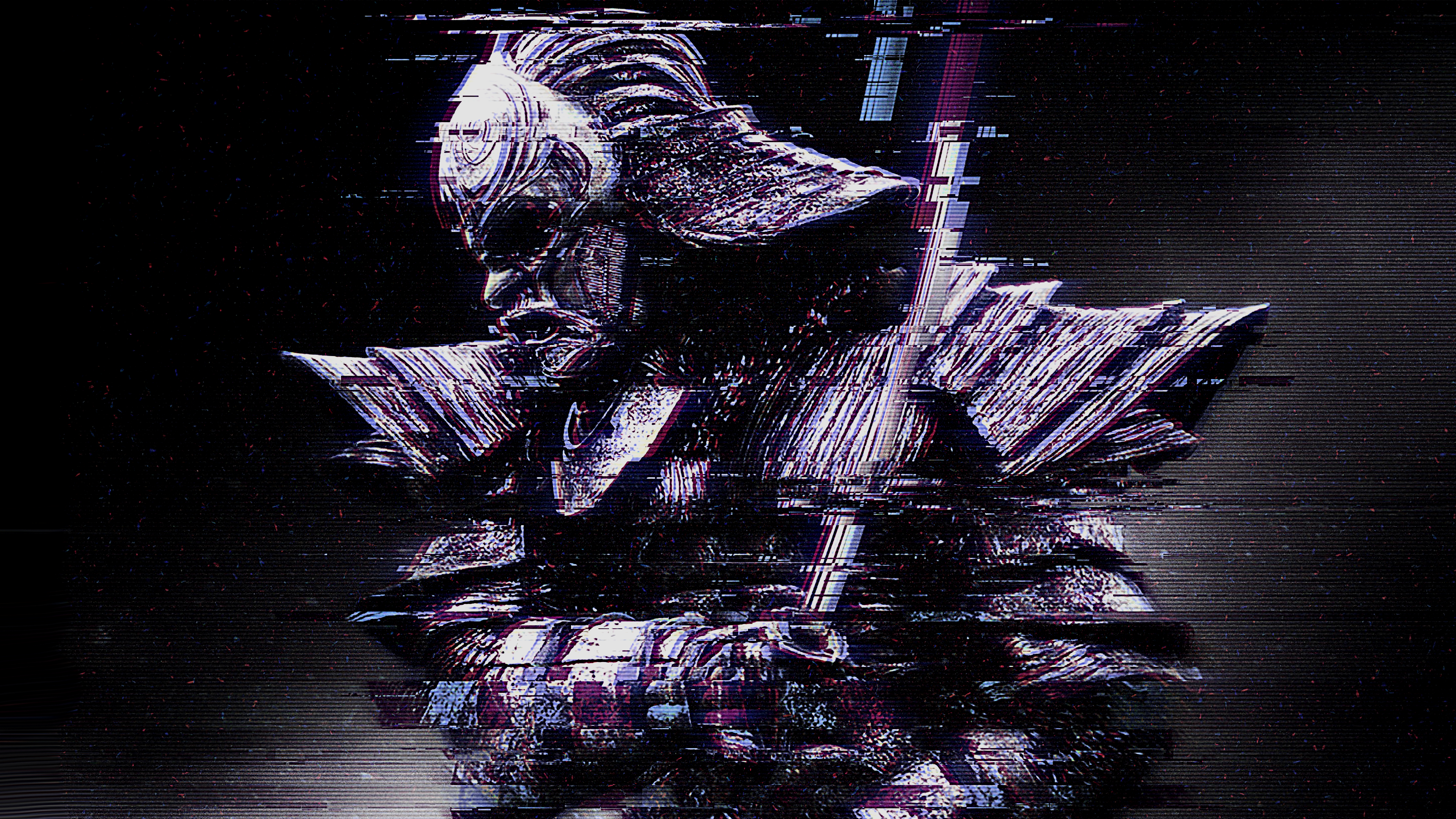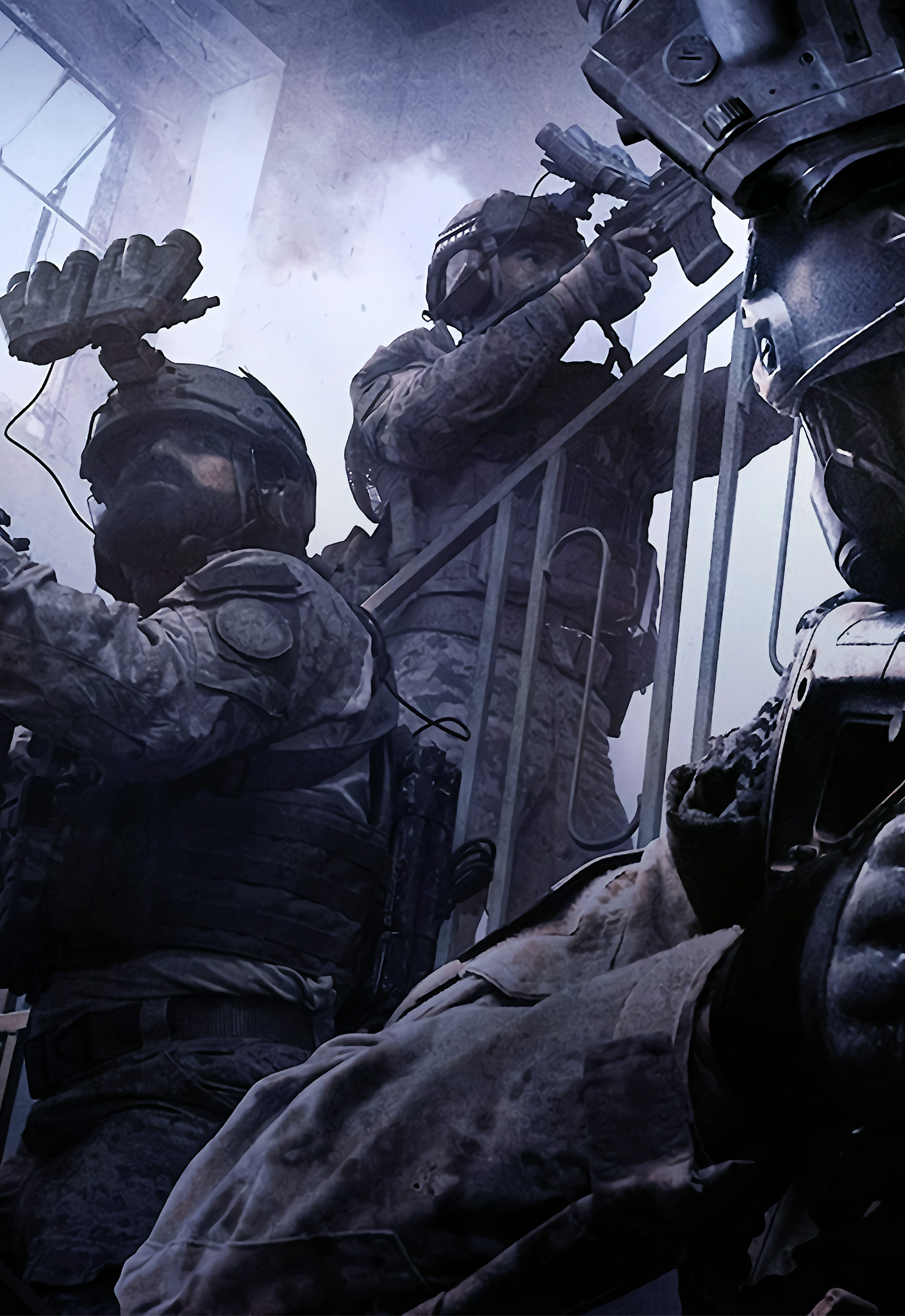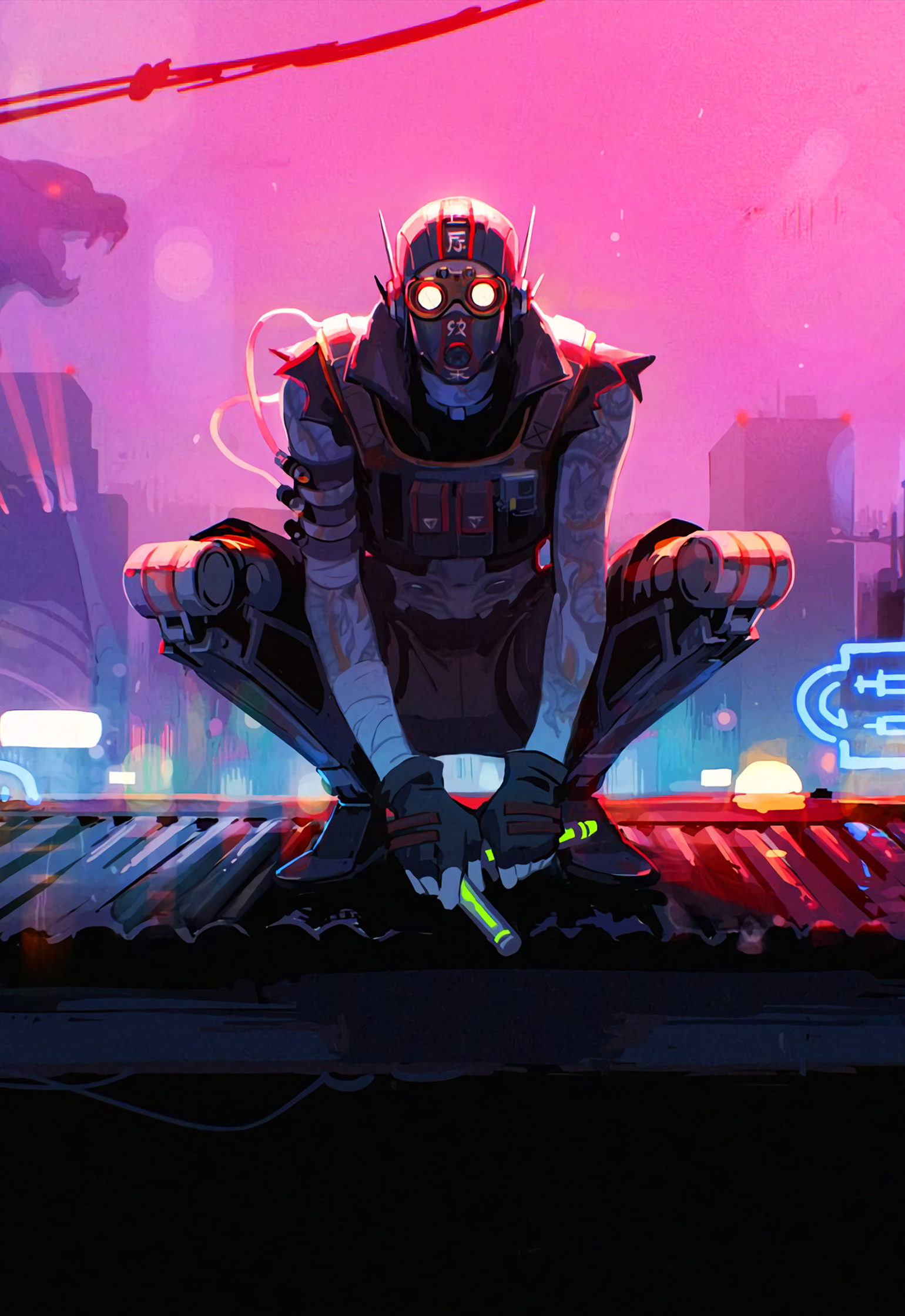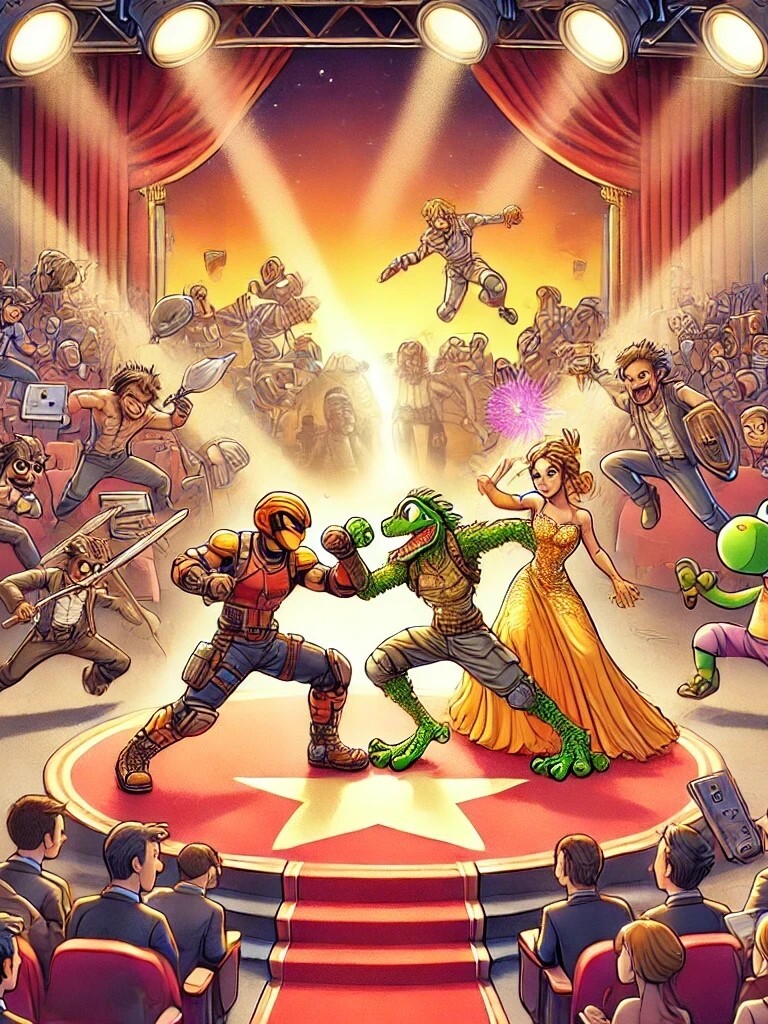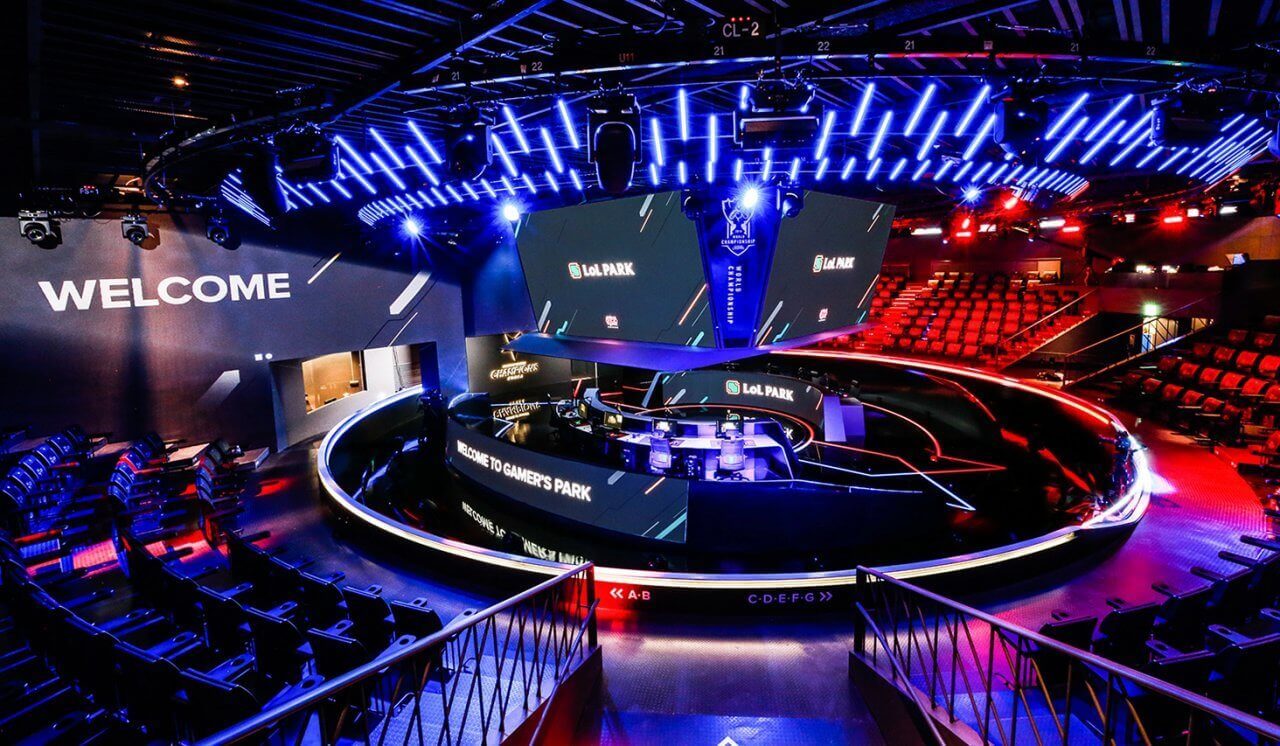How realistic graphics dragged down a potentially great idea
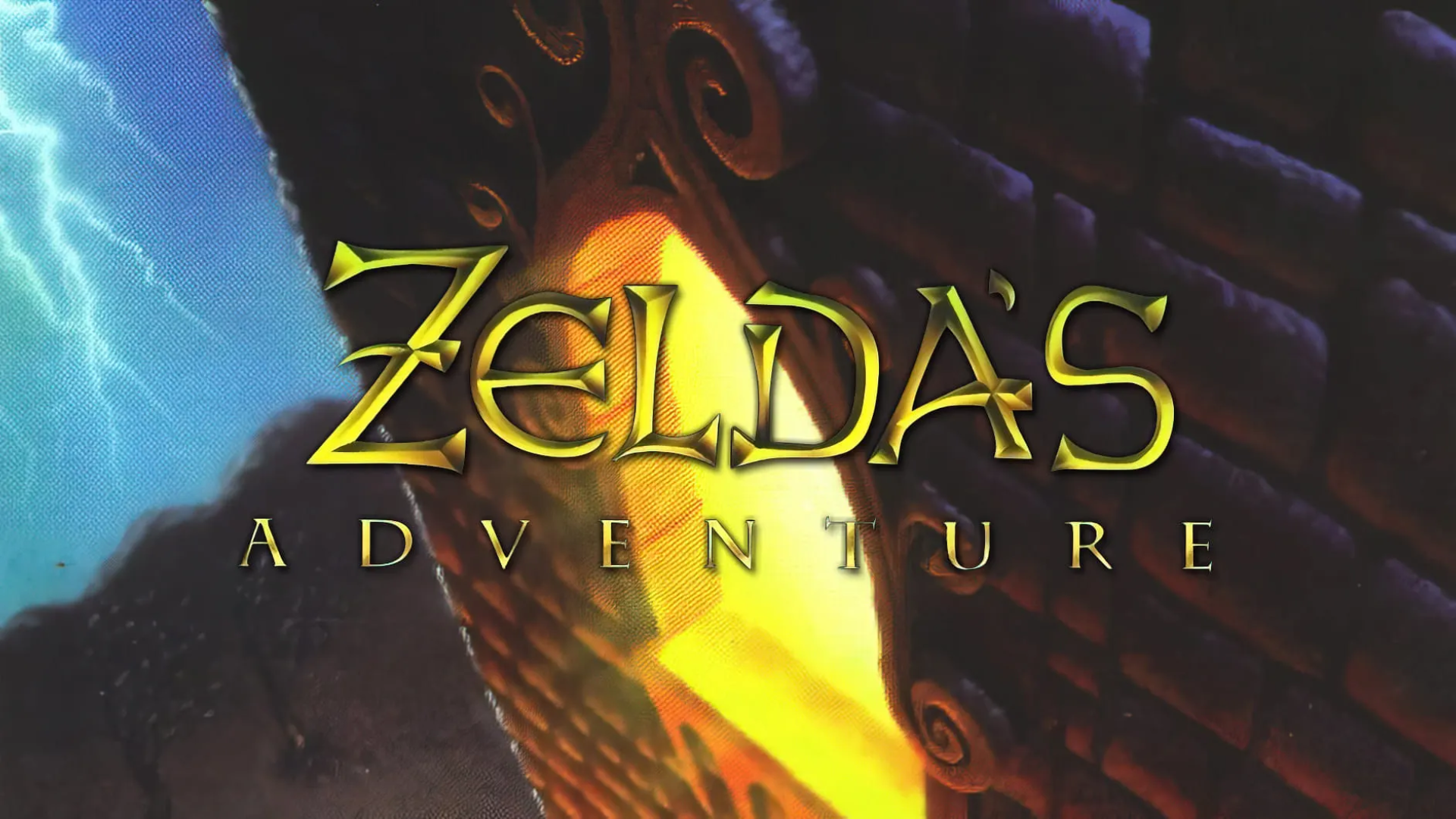
With The Legend of Zelda being one of the most iconic, popular and highly-acclaimed video game franchises of all time, Nintendo sweeping any single potential money maker under the rug might – at a first glance – come as somewhat of a surprise.
There are of course the infamously terrible Link: The Faces of Evil and Zelda: The Wand of Gamelon from 1993, adopting the gameplay of the questionably-aged Zelda II: The Adventure of Link (1987). But a sequel to The Legend of Zelda: A Link to the Past (1991), one of the greatest game of all time, surely couldn't do too much wrong ...right?
Setting Out On New Adventures
A few years before the release of A Link to the Past and even before the release of its console, the SNES, Nintendo entered into a partnership with Sony to produce an add-on for the upcoming system, which would allow for the games to be stored on CDs instead of cartridges, allowing for larger file sizes, better audio and video capabilities to include cutscenes.
Nintendo went on to unilaterally terminate the deal (eventually leading Sony to developing their planned add-on into the PlayStation system) to partner with Philips instead. When they later cancelled that contract as well, they allowed Philips to use some Nintendo characters for games on the company's own CD-i system.
Since the CD-i was never explicitly designed for video games and Nintendo exercised little oversight over the game's development, the final products of this experiment – Link: The Faces of Evil (1993), Zelda: The Wand of Gamelon (1993) and Hotel Mario (1994) – became infamous for their off-putting cutscenes, terrible gameplay and loose adaptation of the source material. However, the final and conceptually most interesting game which came from this, is almost never brought up in discussion.
Encountering Unique Roadblocks
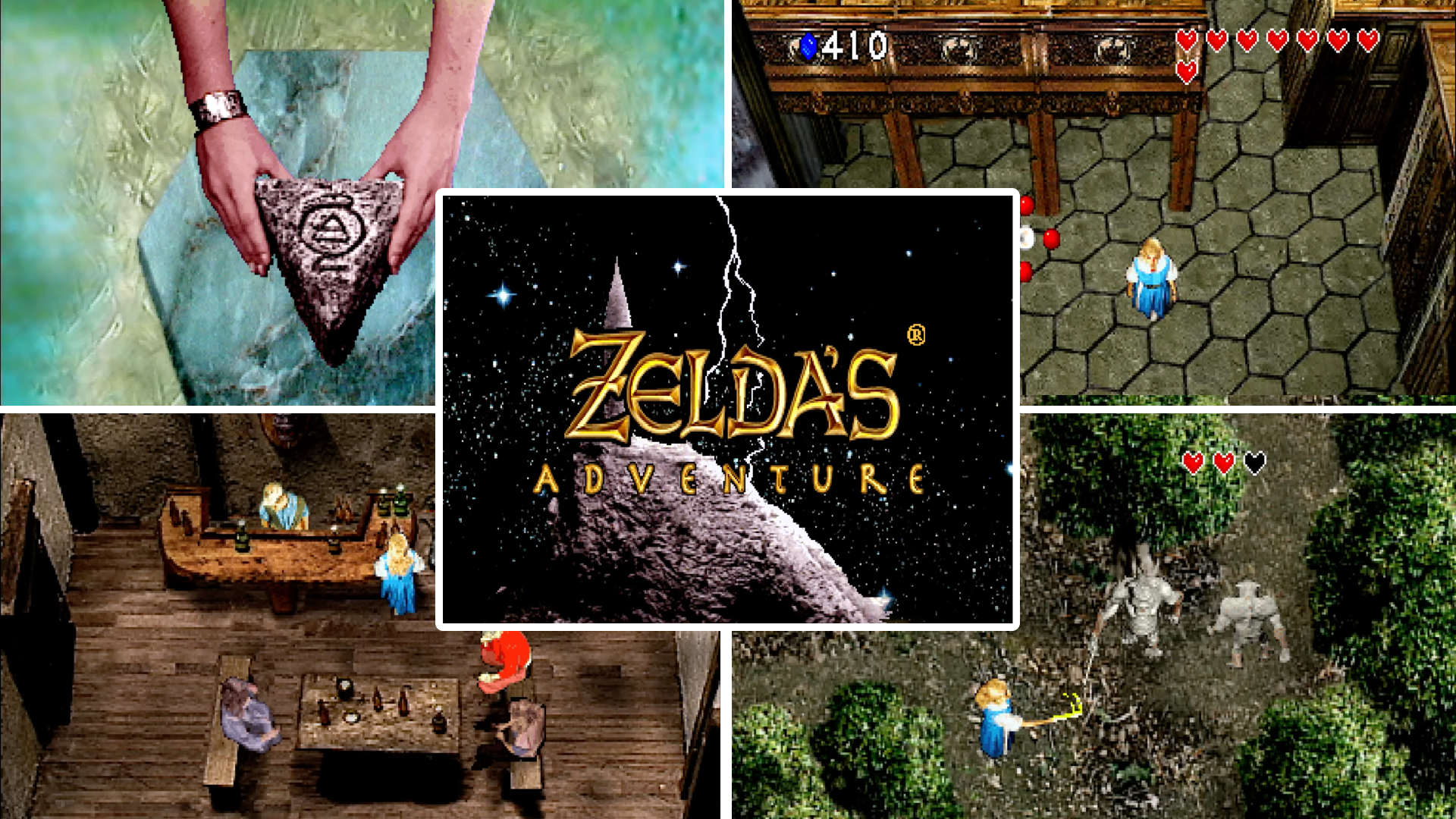
Zelda's Adventure was developed by US-based Viridis Corporation and published by the Netherlands-based Philips Interactive Media under Nintendo's license exclusively in Europe in 1996. The reason for this comparatively late release date lies in the game's difficult development process, impeded both by its own ambition and the CD-i's technical constraints.
The team was tasked with building off of The Legend of Zelda: A Link to the Past's concept of a linear, yet exploration-based action-adventure game, played from a top-down perspective with many interactable NPCs, bosses, dungeons, areas and collectible items. All the while, Viridis needed to highlight the unique features the CD-i and its CD-based technology could afford.
They would end up doing so by presenting the popular princess' quest to save Link and the kingdom of Tolemac from Ganon's grasp with an art style concept that was fairly unique at the time: Every environment, character and enemy were displayed using digitized pictures of real-life actors (mostly studio staff) and/or handcrafted clay models. Instead of having text boxes, every NPC was fully voice-acted.
Getting Lost In Dungeons
But designing the game this way obviously used up a lot of the CD-i's already very limited RAM, which meant that Zelda's Adventure ended up being extremely laggy and slow. Given the developer's inexperience with the genre and Nintendo only occasionally chiming in on how their characters were depicted, the dungeons, puzzles, and general gameplay feel obtuse and unprofessional in their design.
The game, like all Nintendo-licensed CD-i efforts, was panned by critics, is generally considered one of the worst games of all time and has never officially been re-released. But the other titles at least fare somewhat better in terms of being memorable, with them effectively being kept alive in popular culture due to people having made fun of their cutscenes on social media for decades.
The team – as small as it was – clearly put a lot of effort into the title, but due to its overwhelmingly negative reception, the behind-the-scenes licensing mess and the obscurity of its home platform – a situation comparable to that of the neglected & forgotten sequels to Super Mario Bros. and Donkey Kong 3 – it would seem ill-advised to hold your breath for an official re-release.
Re-disovering Celestial Signs
While the previous CD-i Zelda titles had a huge impact on popular culture and have thus not only been subject of countless parodies, but also fan remakes in 2020 and spiritual successors like Arzette: The Jewel of Faramore (2024), Zelda's Adventure seems to have less of a dedicated fanbase. ...Doesn't mean that you can find a used in-box copy for less than 1000$ though!
While the CD-i game seems to be too weak of a base to develop any mods and romhacks for, a demake of the title for the Game Boy, developed by user john-lay, received widespread acclaim when it released in 2023, being as easy to emulate as any official Game Boy title. Fan efforts like this are surprisingly common, considering that the same was done for Elden Ring in 2022.
But if you really want to experience what makes Zelda's Adventure special, then the graphics are certainly a paramount part of the package. Zelda's Adventure Remastered, in development by user JappaWakka since late 2024, aims to retain the game's unique traits while finally making it playable with shorter load times, higher framerates, better controls and much more.
Seeing as we'll likely never see this game again in any official capacity, this project is likely our best bet. ...Though it is interesting to see that Nintendo fairly recently finally allowed Zelda to step into the role of the main protagonist again with The Legend of Zelda: Echoes of Wisdom in 2024.
